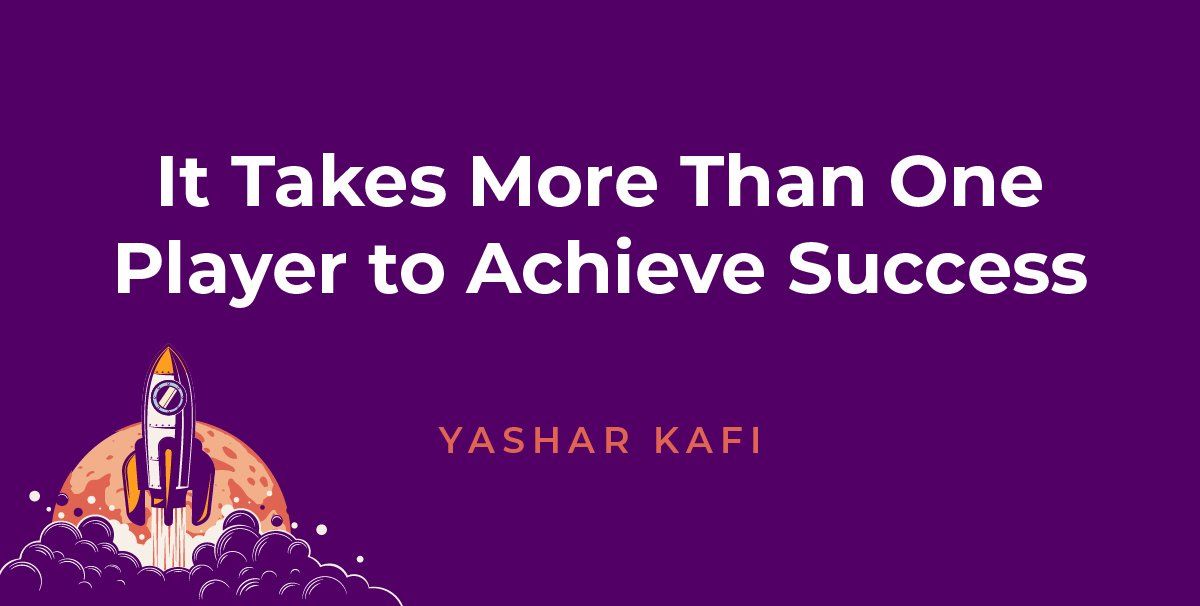It Takes More Than One Player to Achieve Success
One of the most winning moments from any post-game interview has to be when Tom Brady (the G.O.A.T.) was voted MVP this past year. When he was handed the mic (and his trophy) after his team’s epic win, he gave an excellent speech. Why do I think that speech was so memorable?
At a moment when anyone else may have seized the opportunity to stand in the spotlight and soak up all the admiration, Brady didn’t waste a second speaking of his own achievements in the game and season. Instead, he pointed directly to his teammates and his team as a collective unit for the praise.
Brady knows that success—real, true success—never depends only on one player. It’s an ultimate goal reached by the shared sweat, tears, and labor of a collective team of equally committed athletes providing the passes, assists, and runs that also lead to scores. Why am I bringing this up? Because the business world is exactly like this, only our playing field happens to be the corporate office, and our outfits are suits and ties instead of cleats and jerseys.
A Conversation Worth Having
I have often had this conversation with friends and colleagues—the one that centers around what it is about the greats like Peyton Manning, Tom Brady, Joe Montana, and more that makes them so successful. They are amazing, indeed, and all work tirelessly in training to the peak level of performance. But is that all that there is to it?
Think about it: In the NFL, one team’s offensive playbook surely has minor variations between another NFL team among the categories listed (think special names for runs, passes, trick plays, or special teams). But while these playbook names might vary between the teams, the plays themselves remain relatively similar as a whole. So, again I ask: why are Manning, Brady, and Montana so much more effective at executing these plays than the rest of the QBs in the league?
Team Mentality
Yes, they are all great athletes. Yes, they are all super competitive. Yes, they are all driven to win. And yes, they work very hard to prepare. But, what about the rest of the team around them? Doesn’t it take more than one player to achieve success? The answer again is a loud and resounding YES!
Clearly, the greats are aware of this (you can refer back to my original awe of Brady’s humble speech admitting to this). So how do these leaders (athletes and in business) ensure the team performs their responsibilities, allowing them to drive to success together while operating as a single, seamless unit?
Consultants Coach to Win
As for the athletes, they have coaches that come in and help—coaches with specific niche specialties to help them hone in on what is needed to make their collective team effort sports magic. The business world also has coaches who specialize in the areas you need to focus on. We call ourselves consultants.
Here at AMPlify Resources Group we aim to help our teams get to the top. We also connect teams, platforms, and streategize to help them AMP up their offerings. Lock in your MVP speech for 2022– consultant can help.




